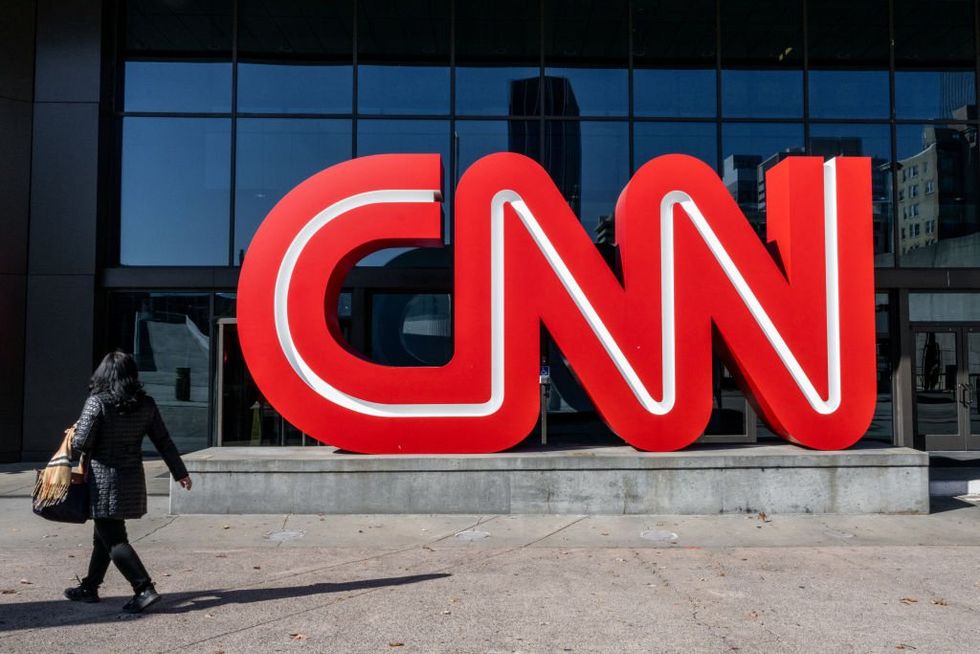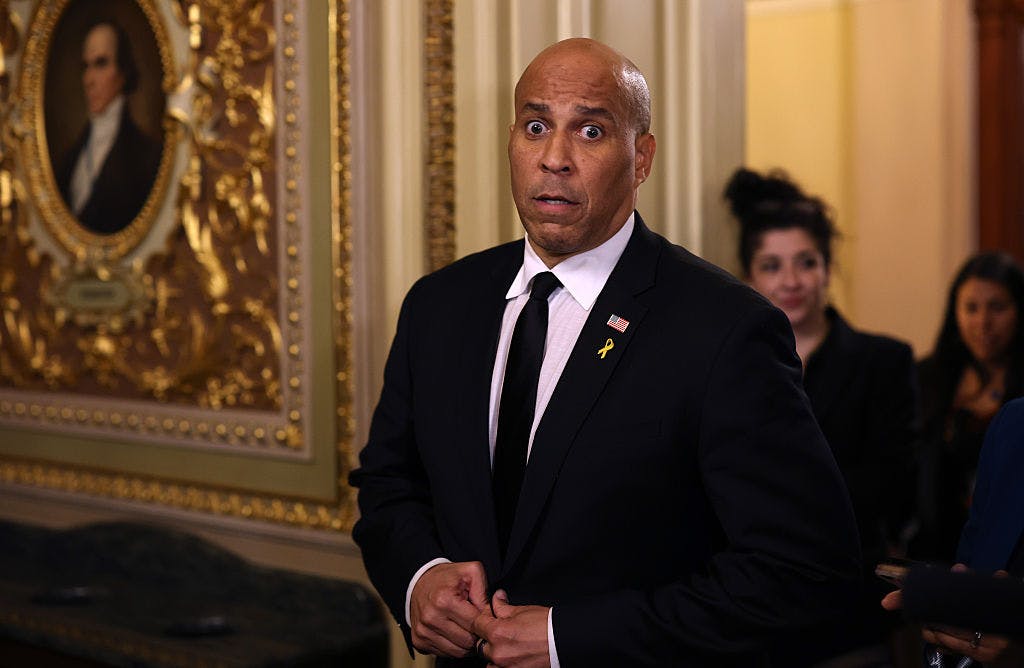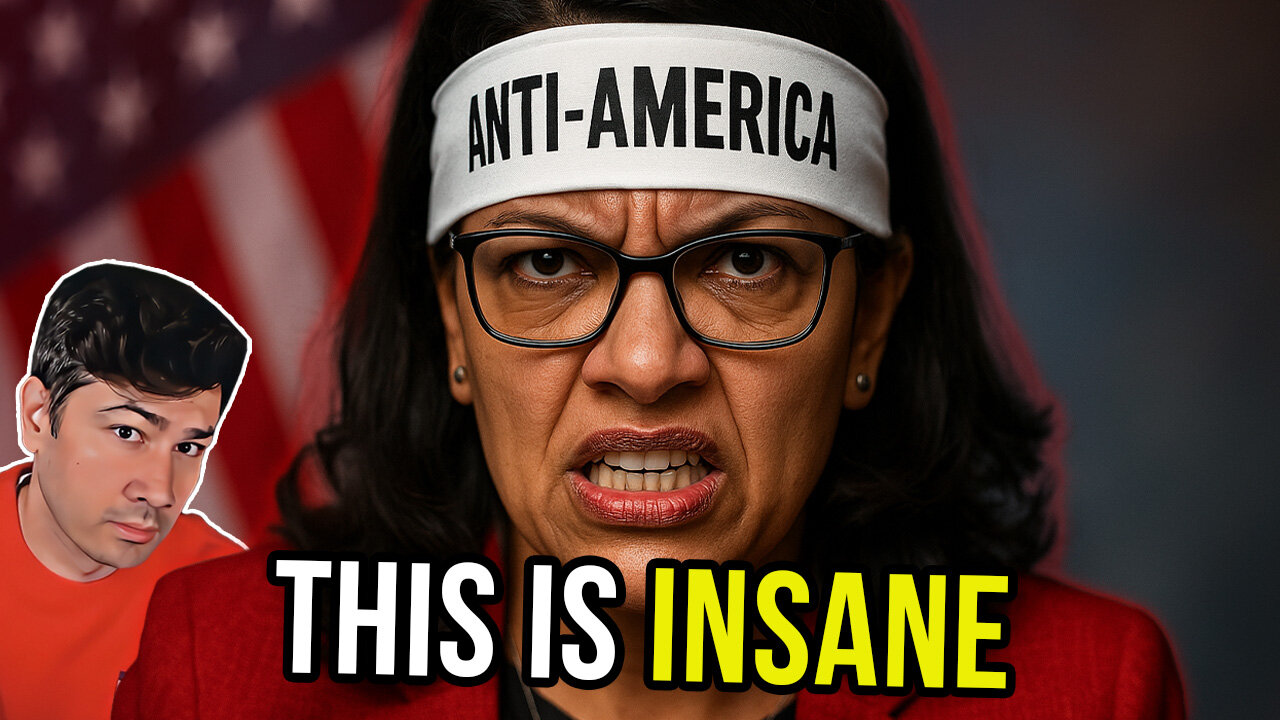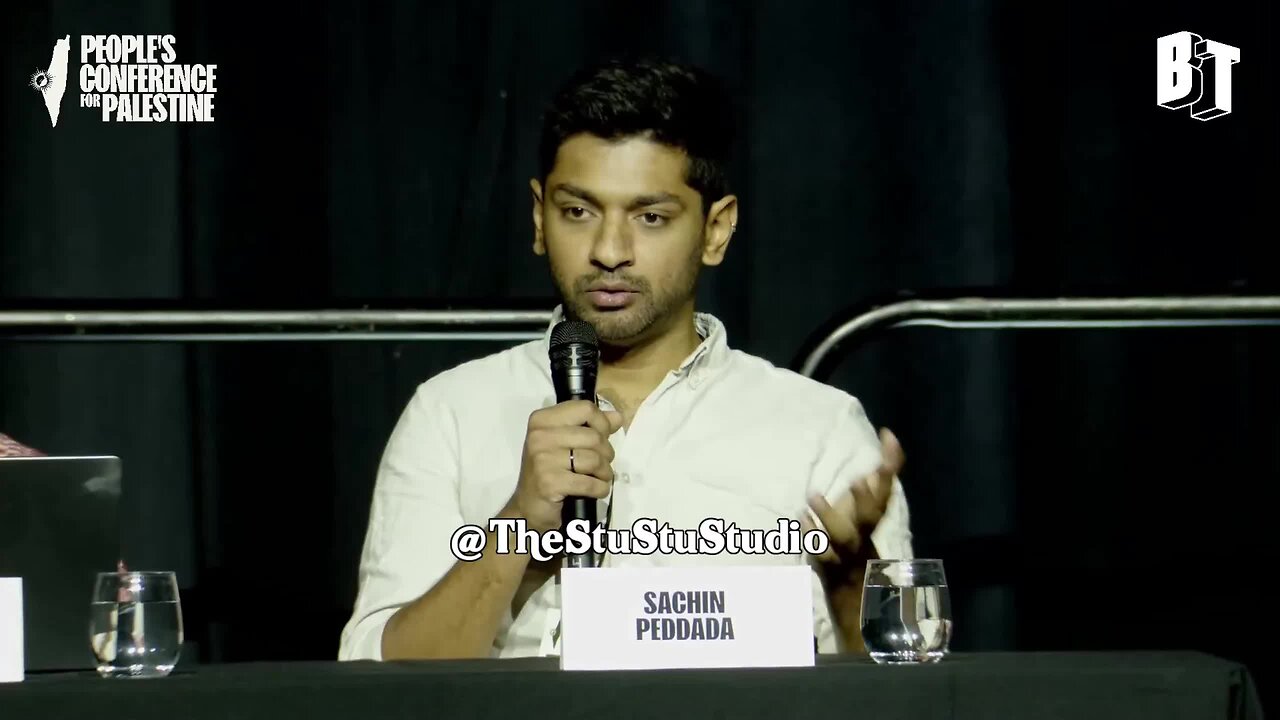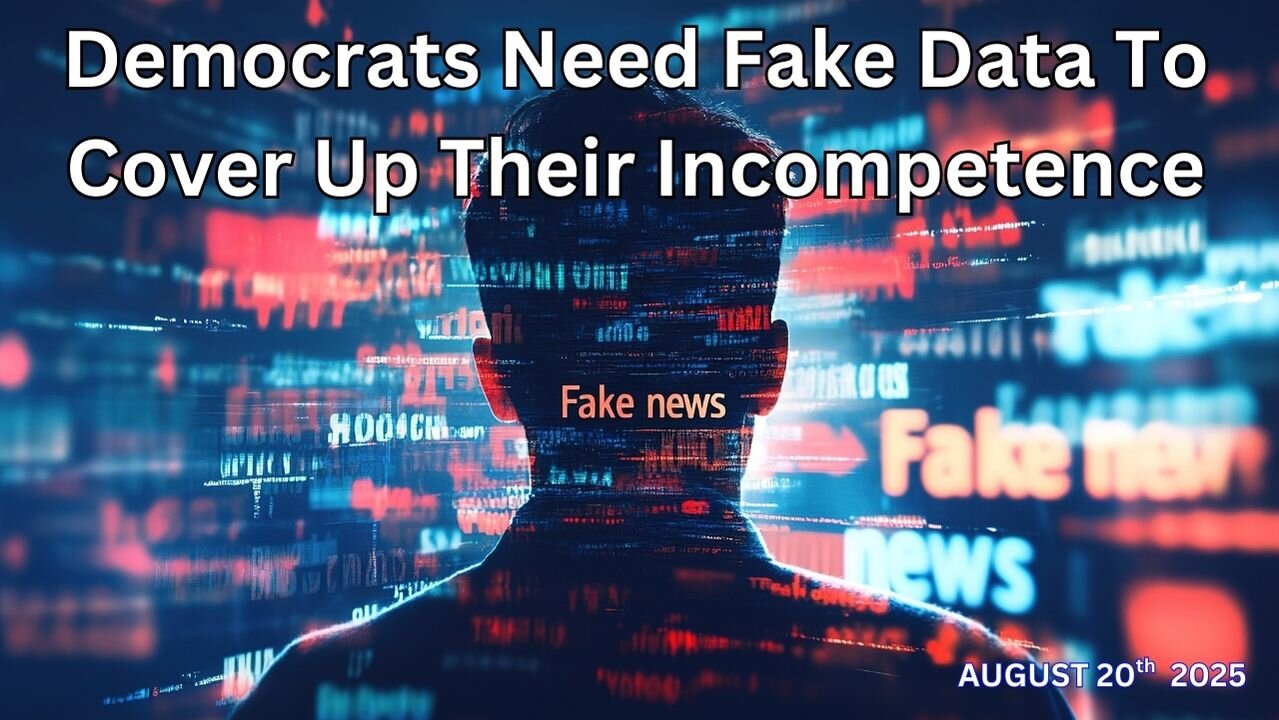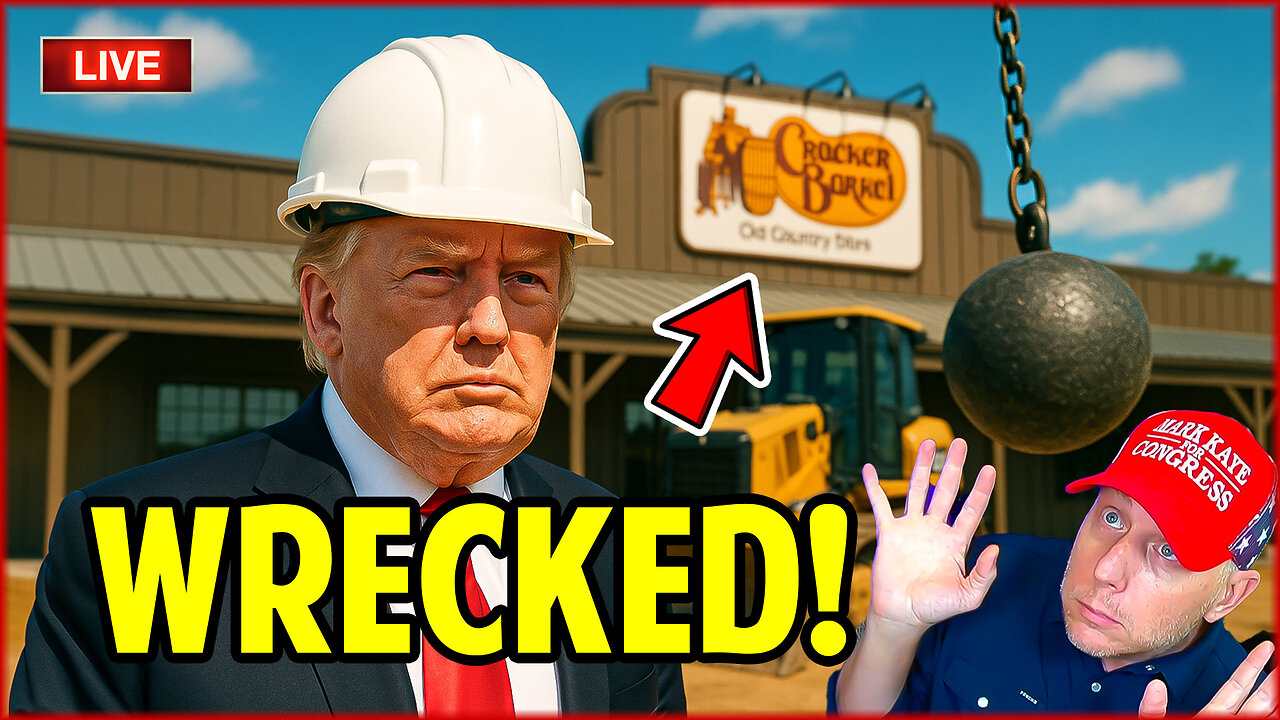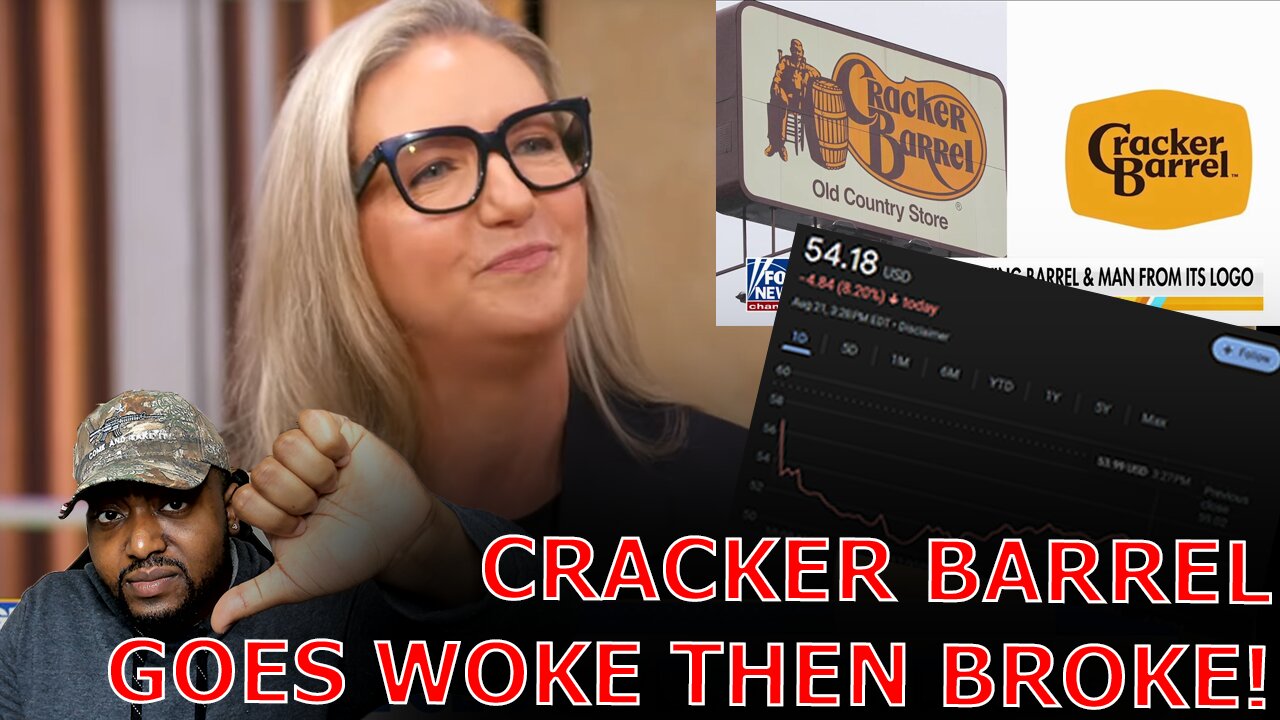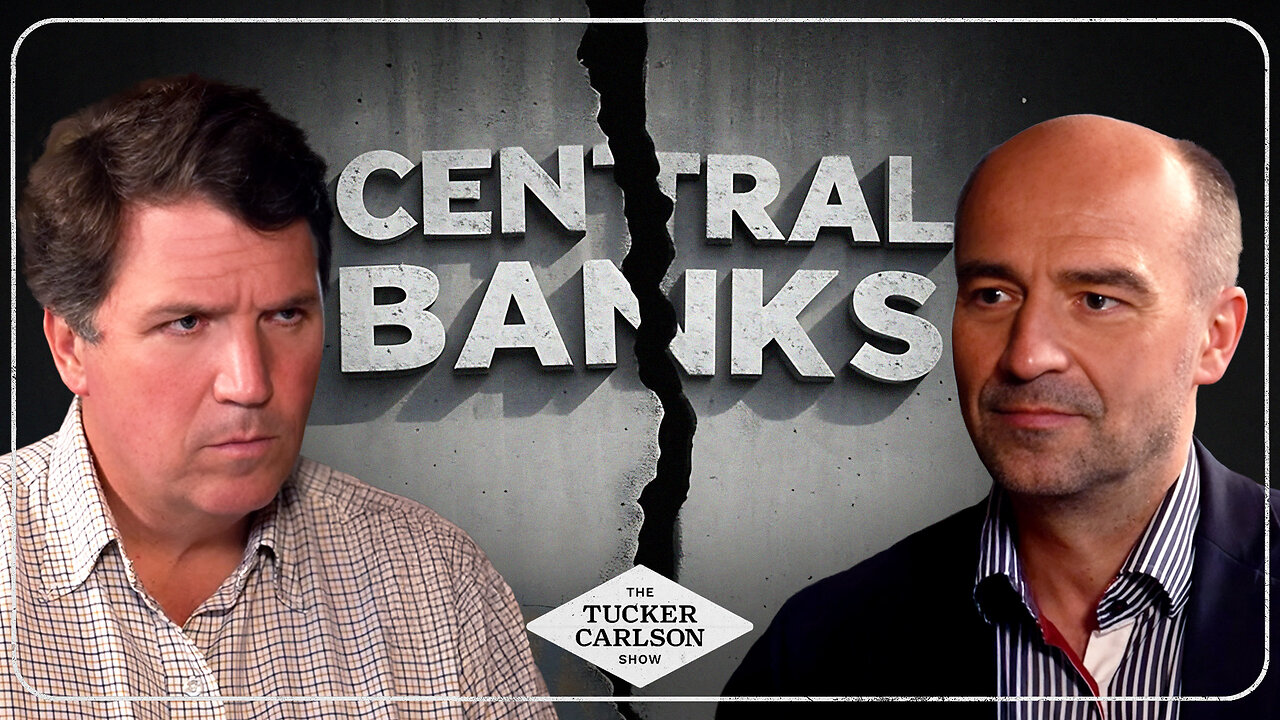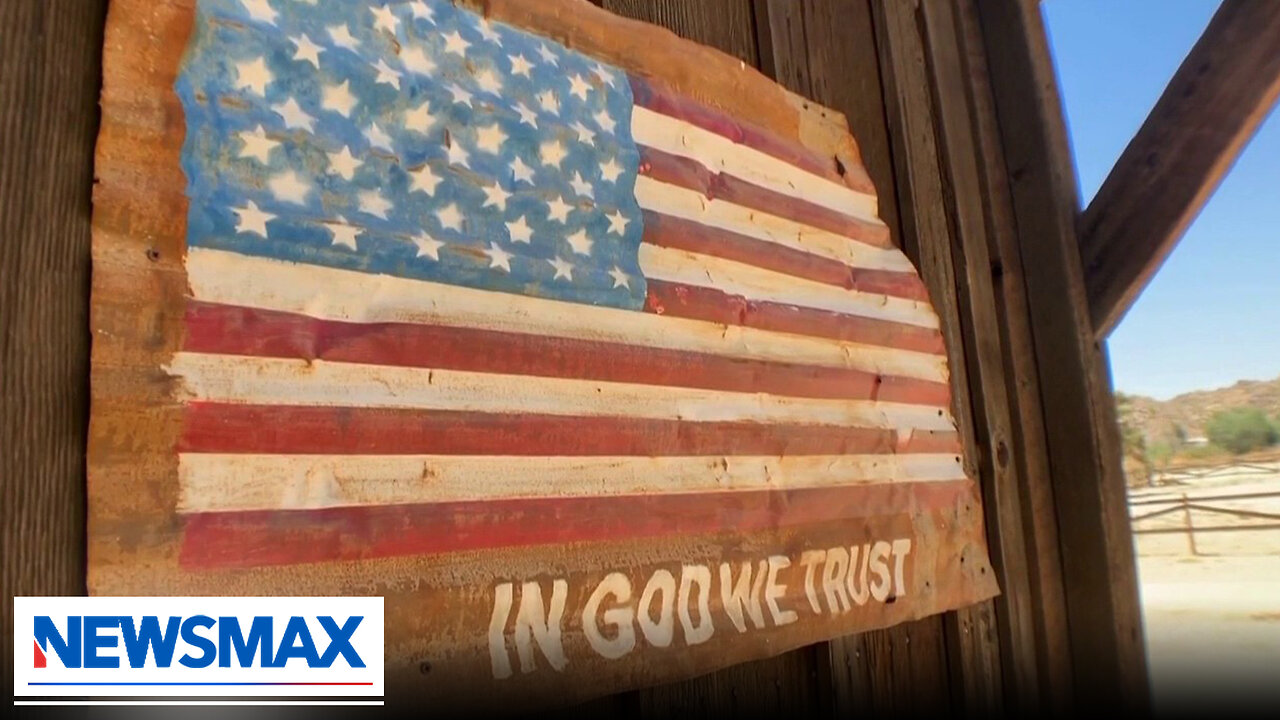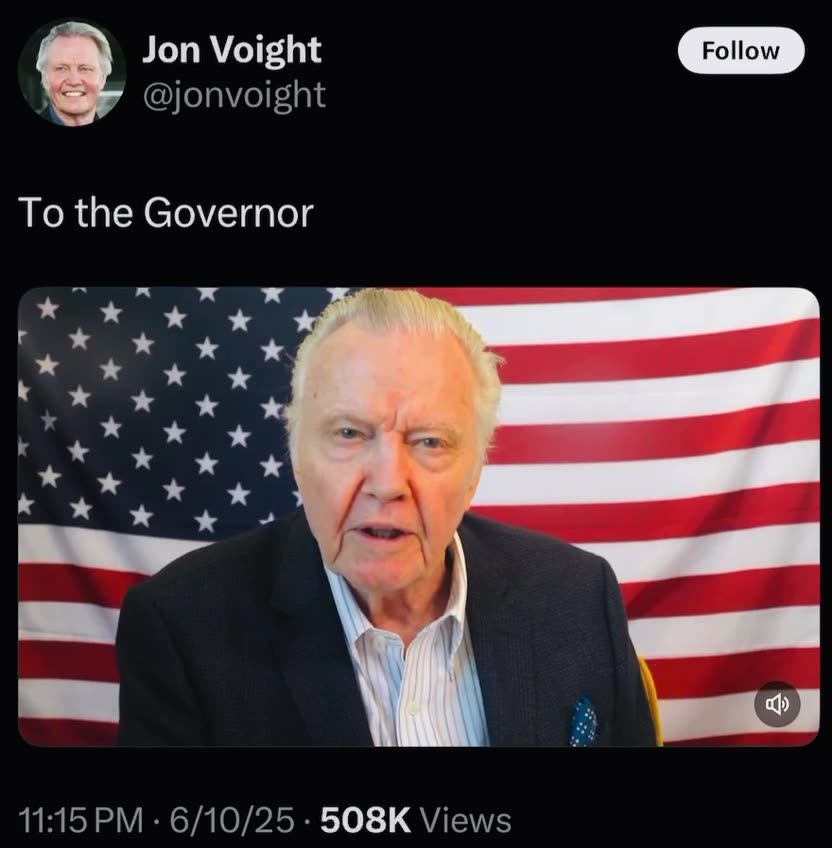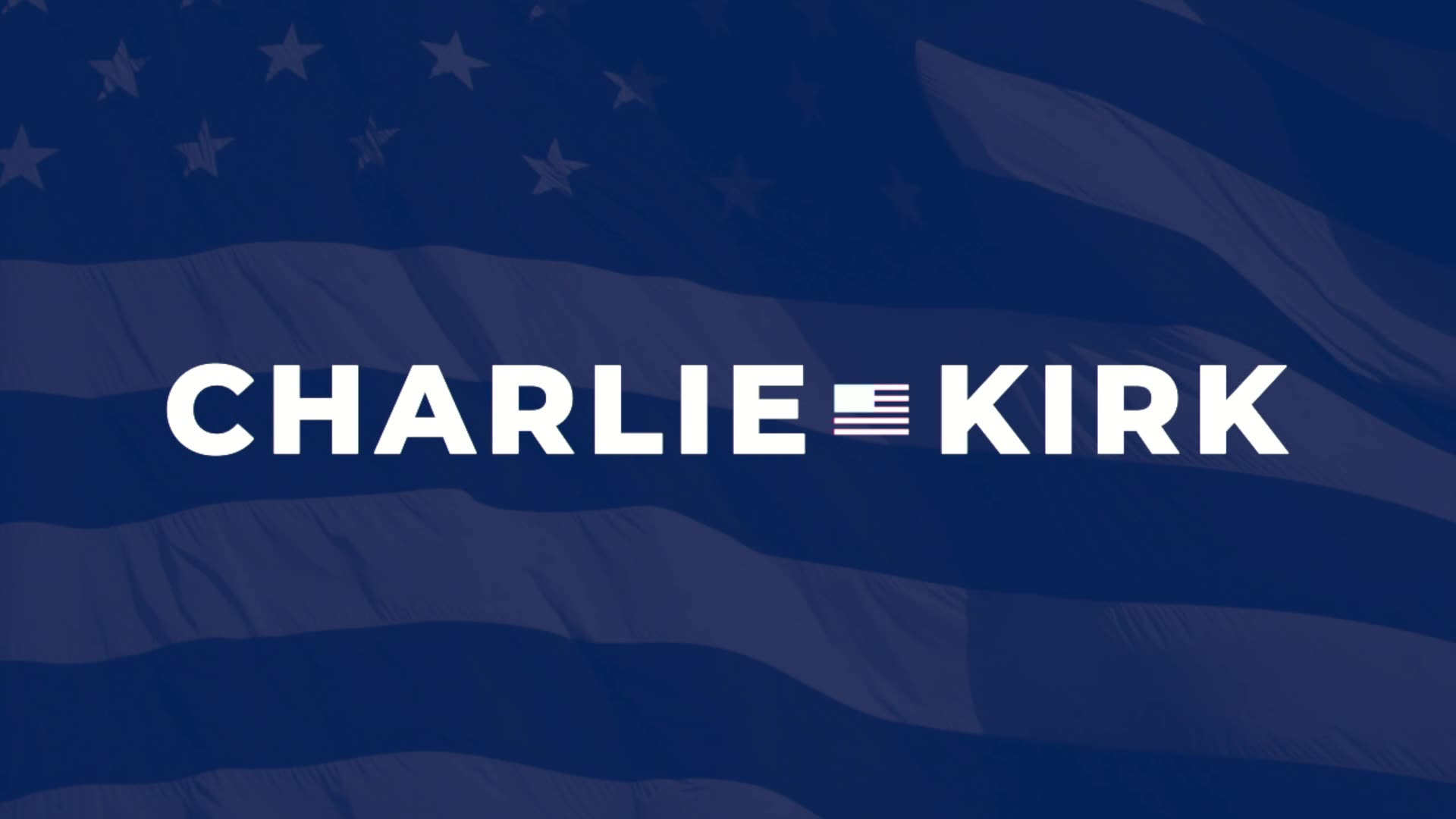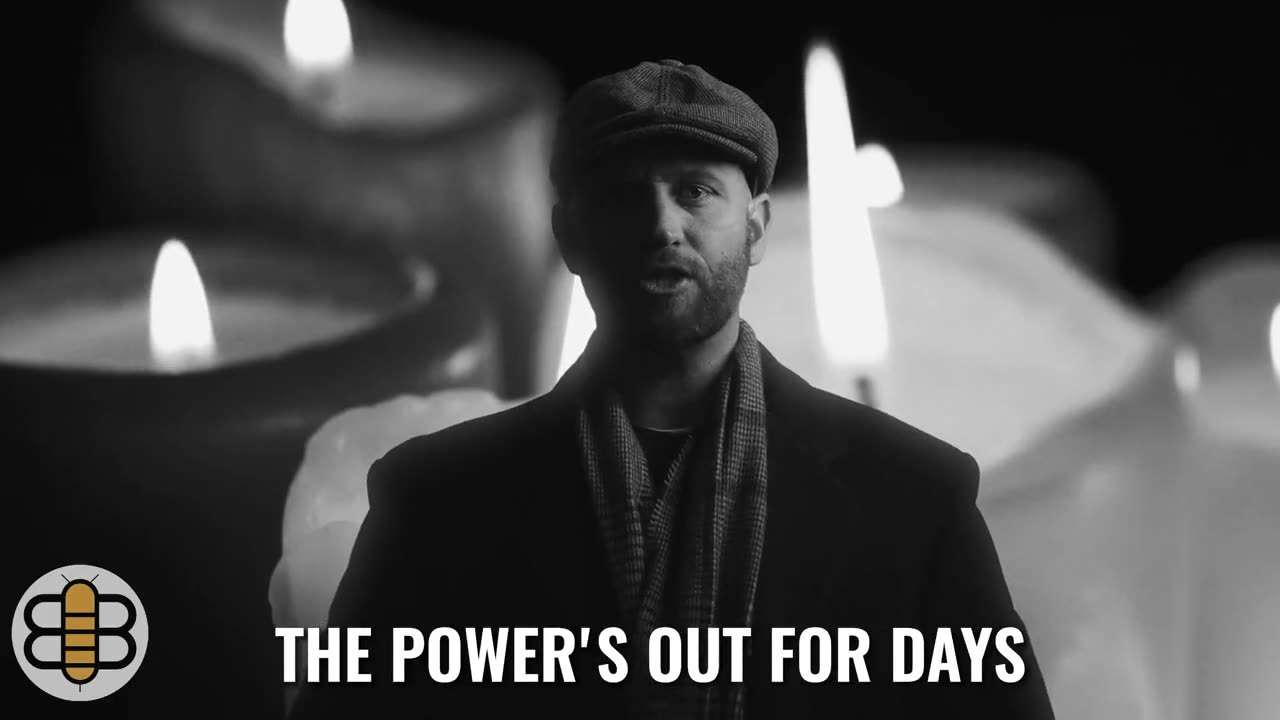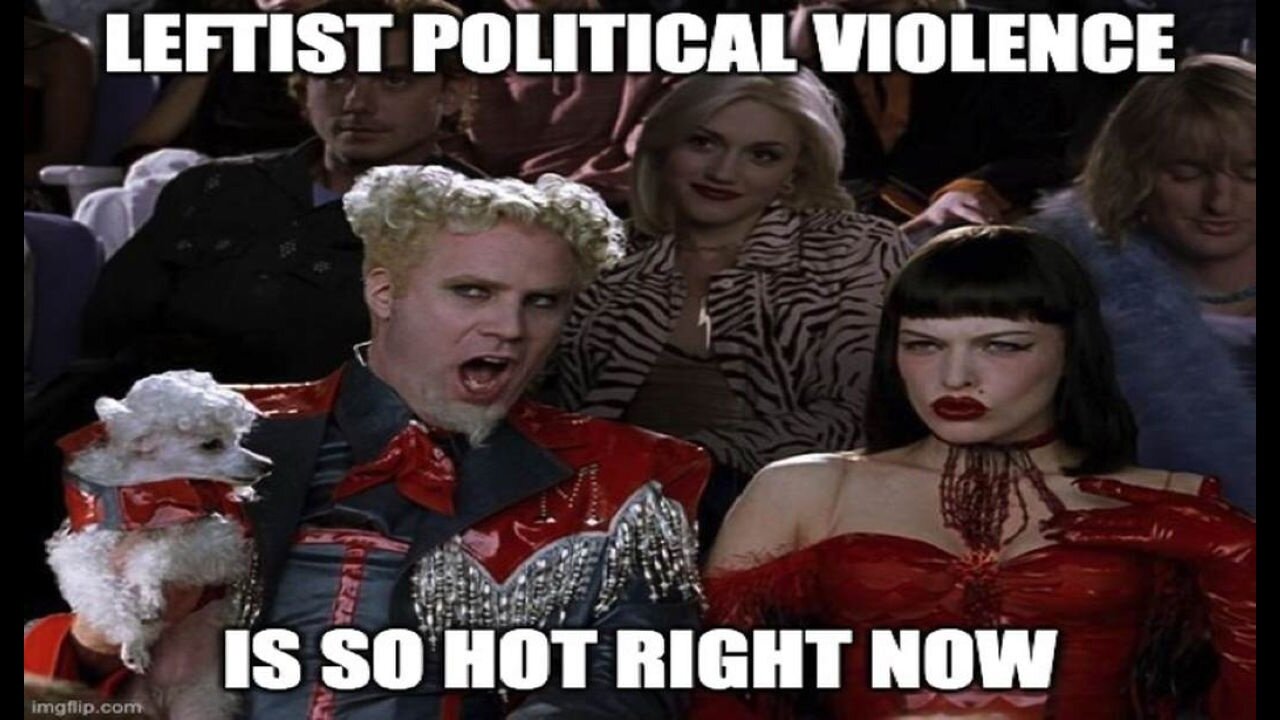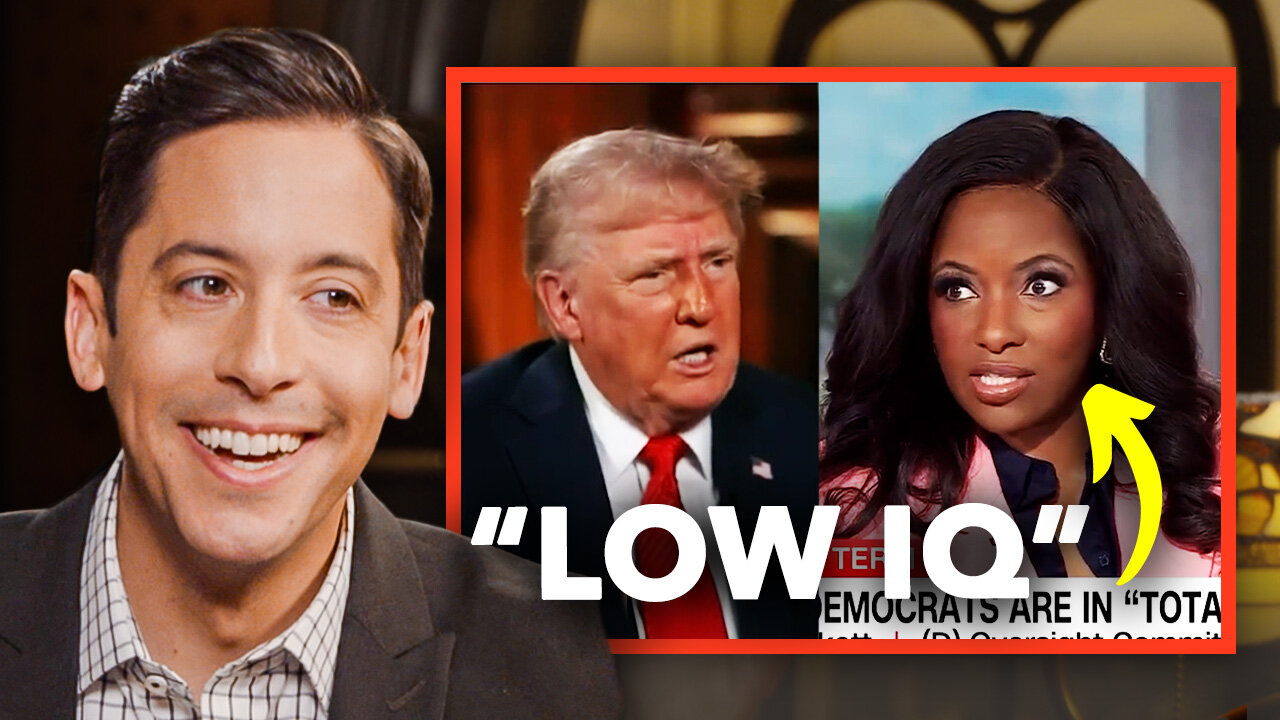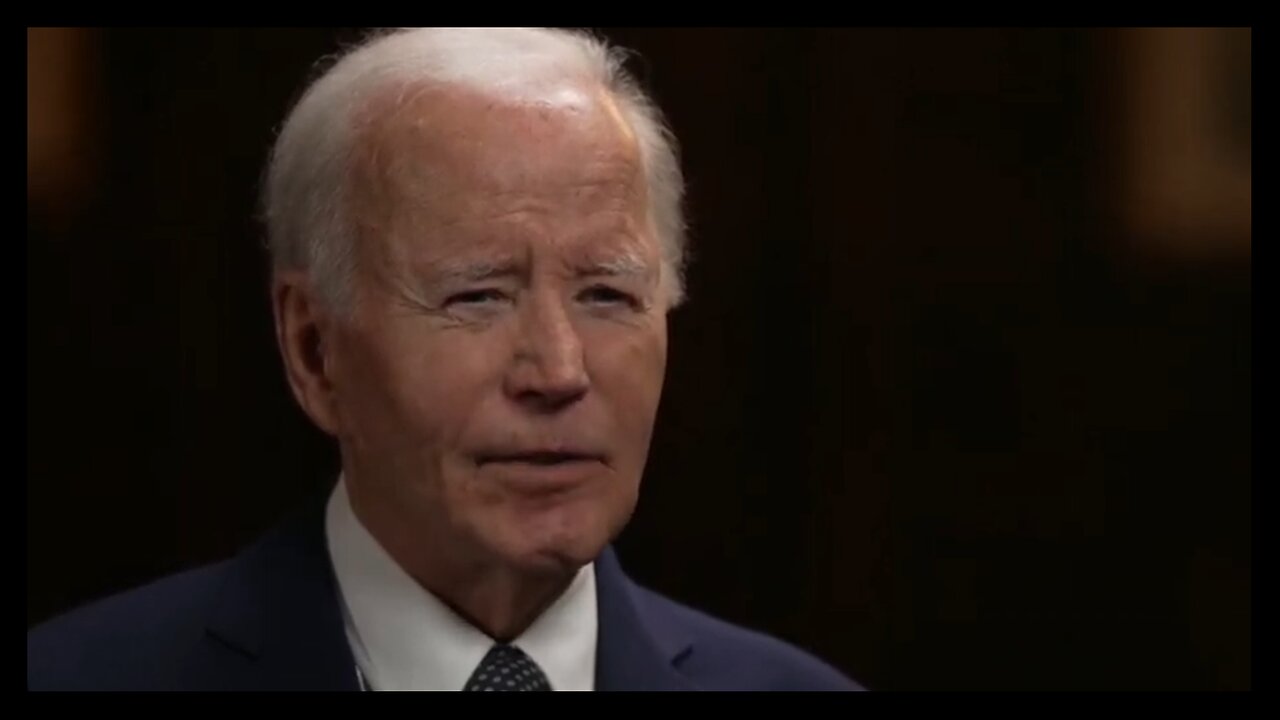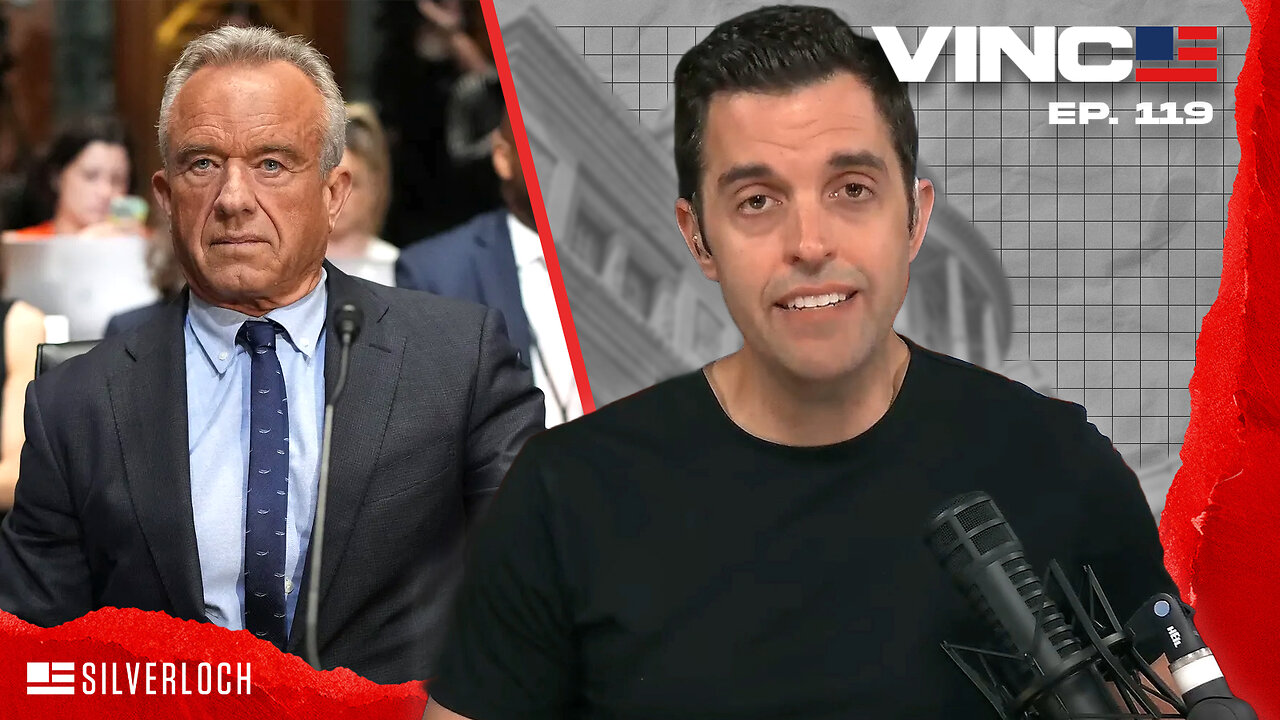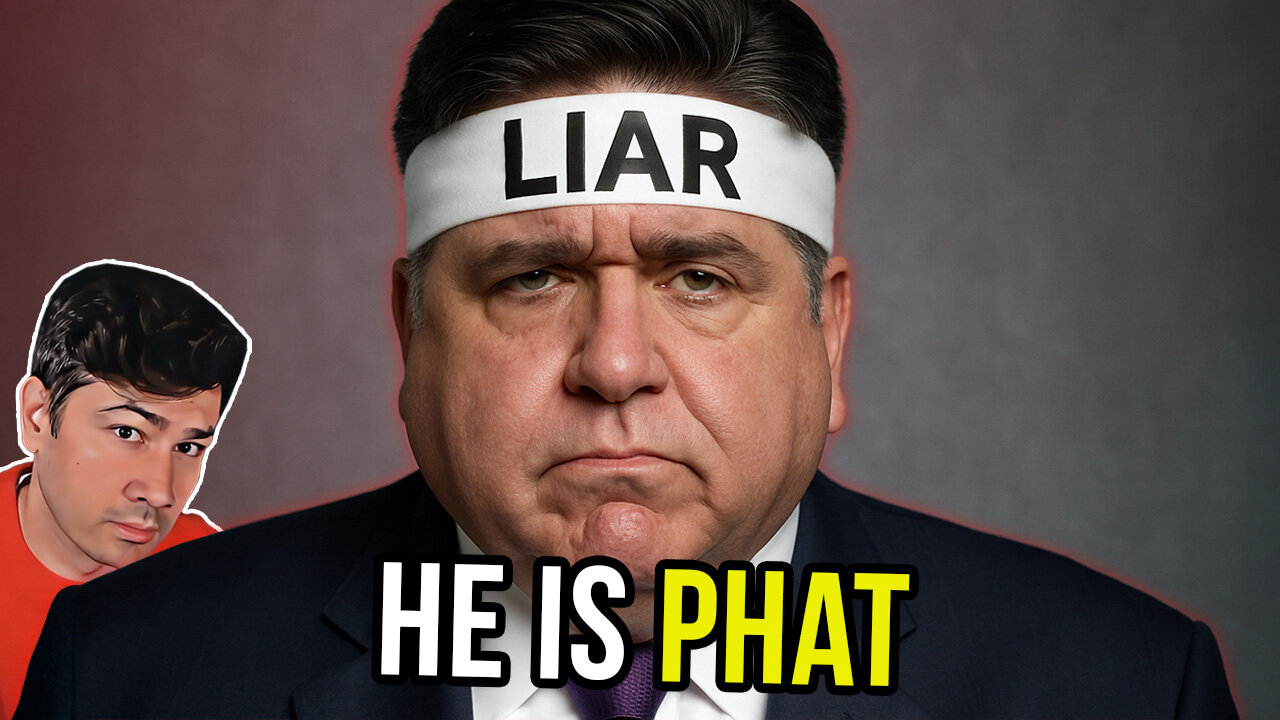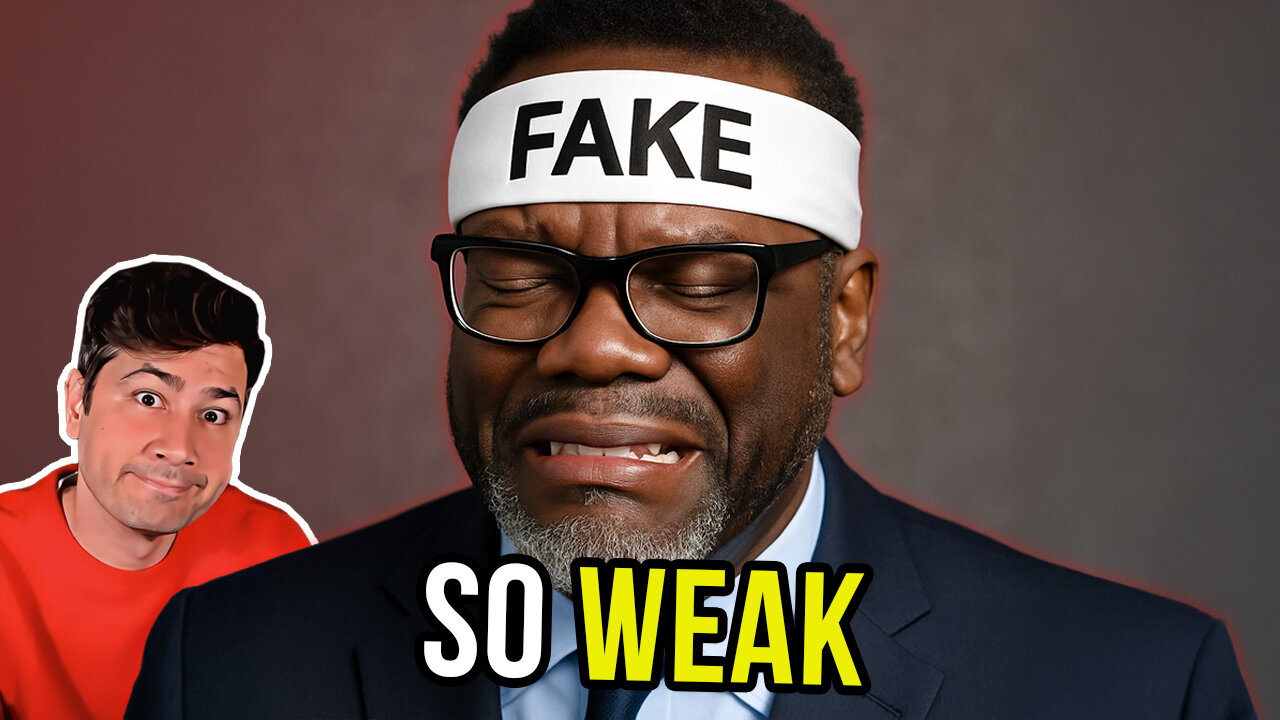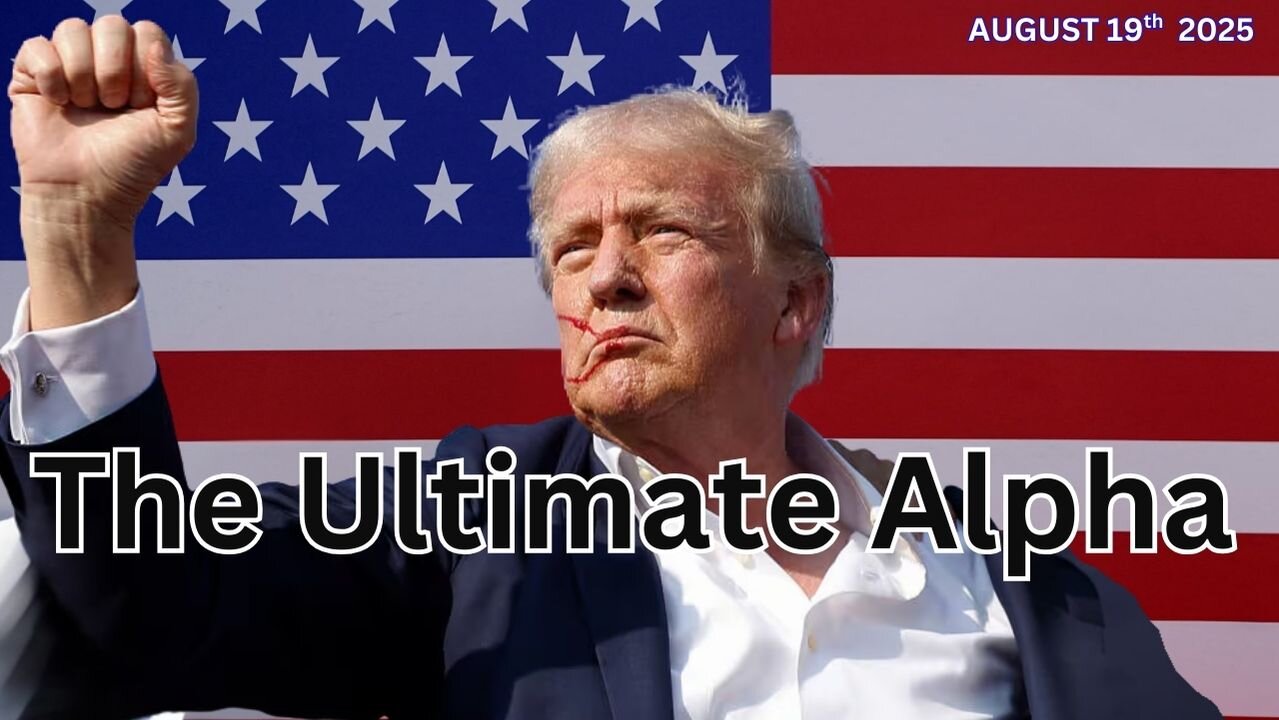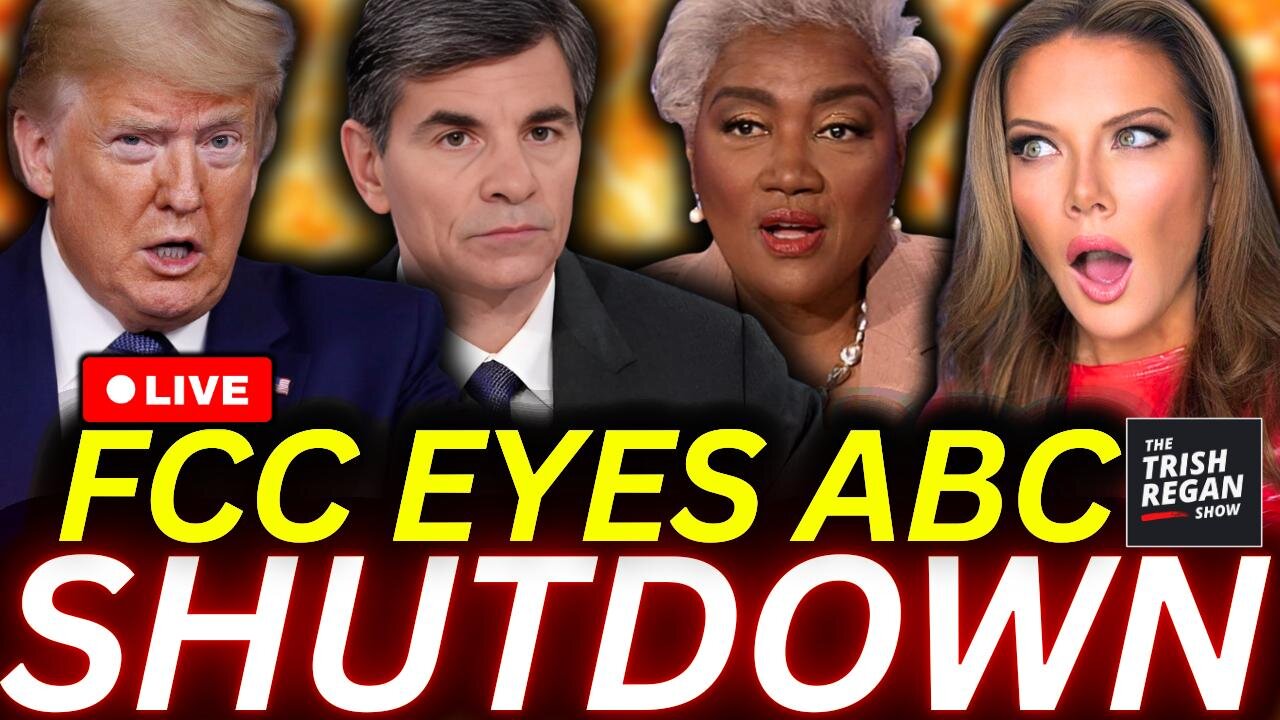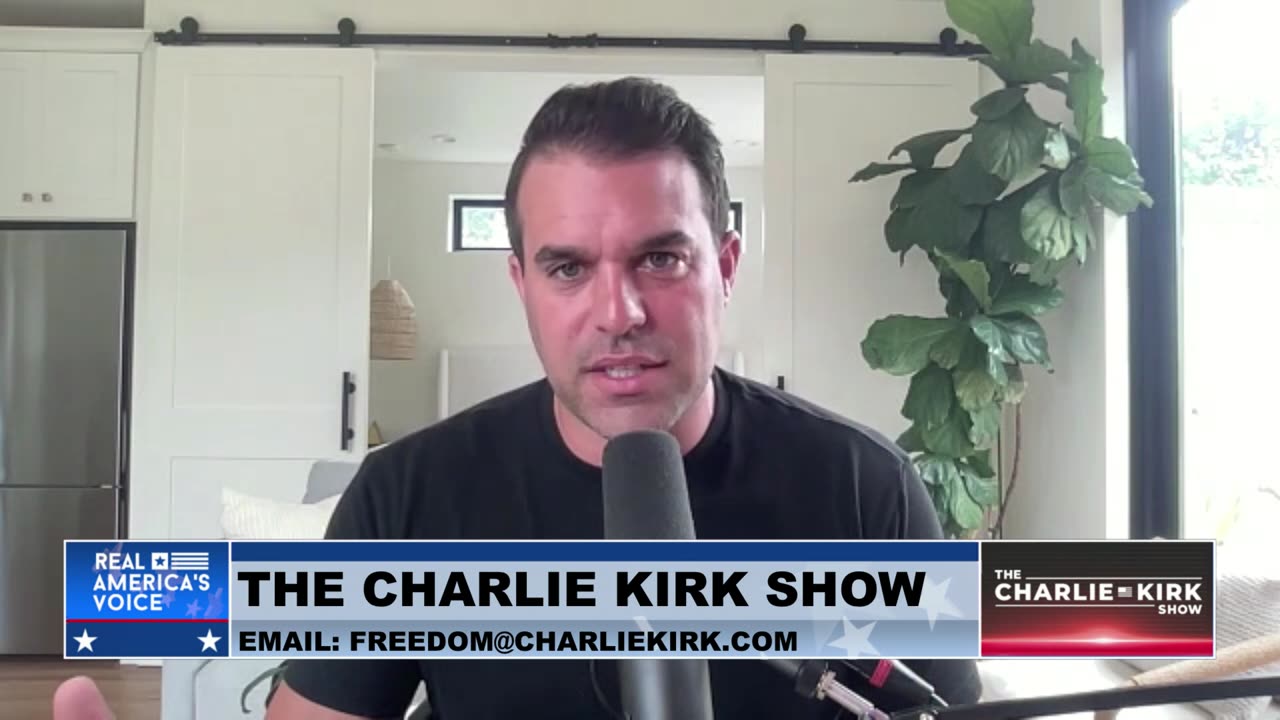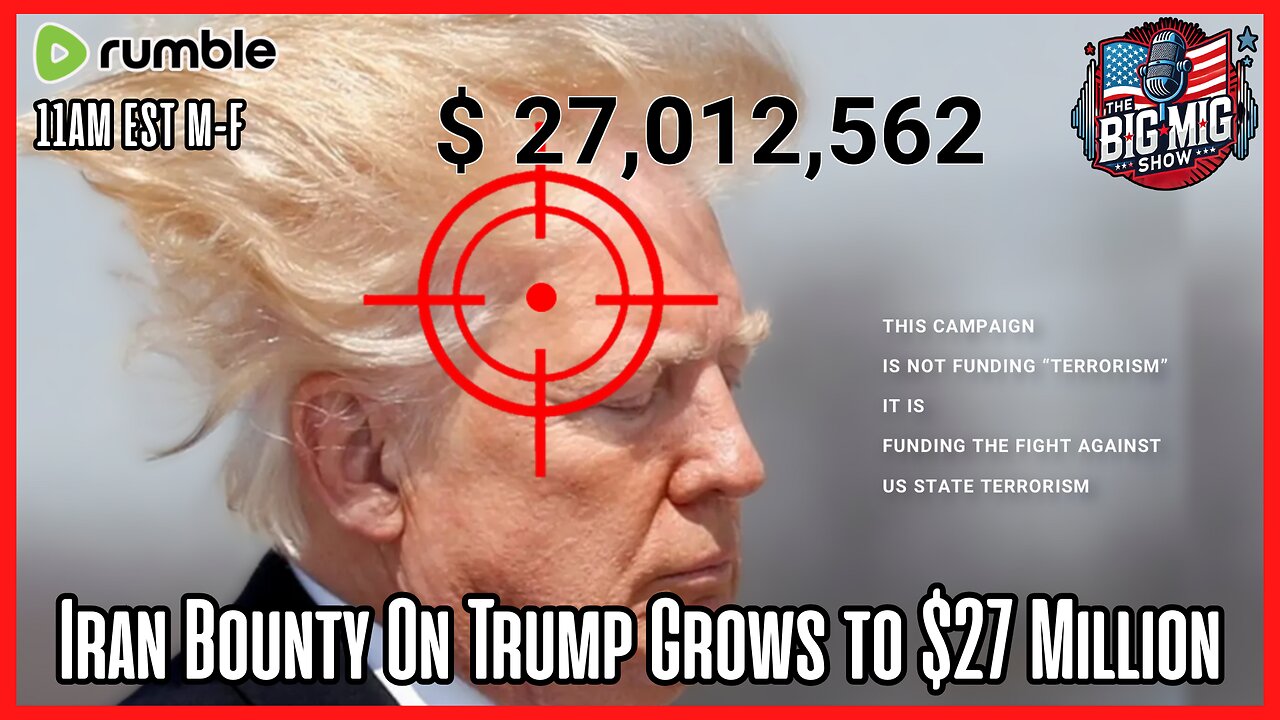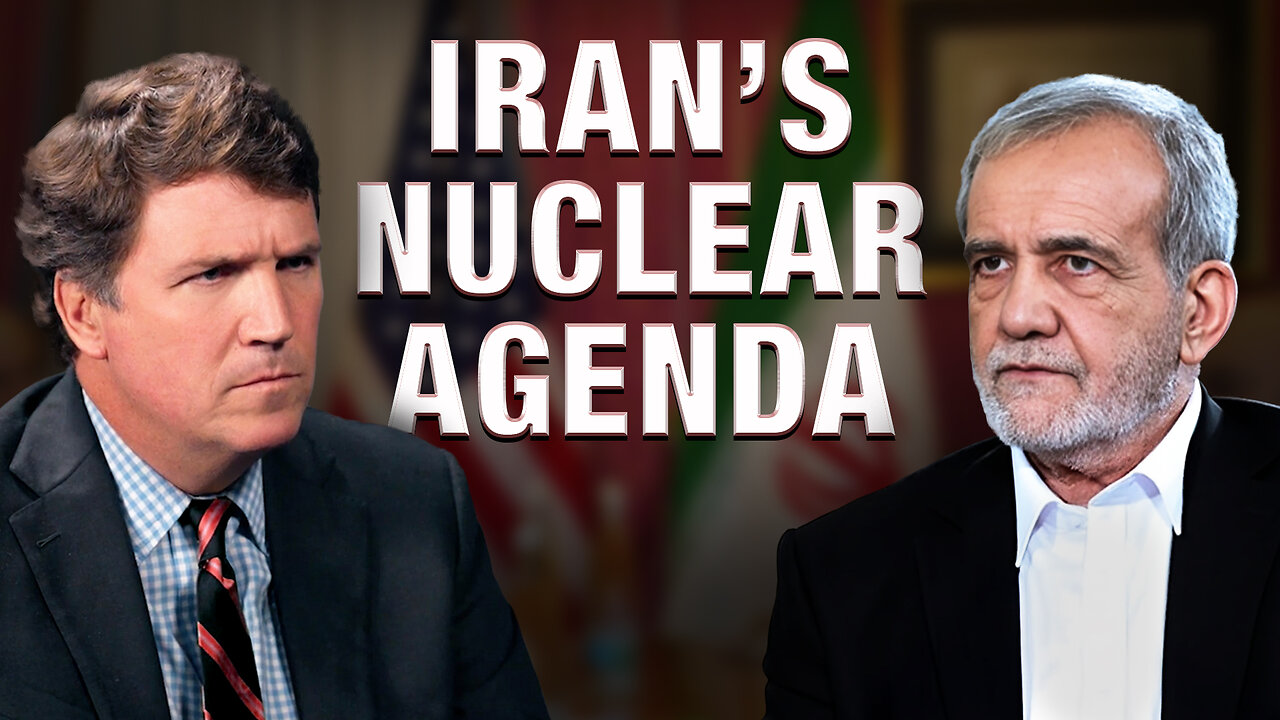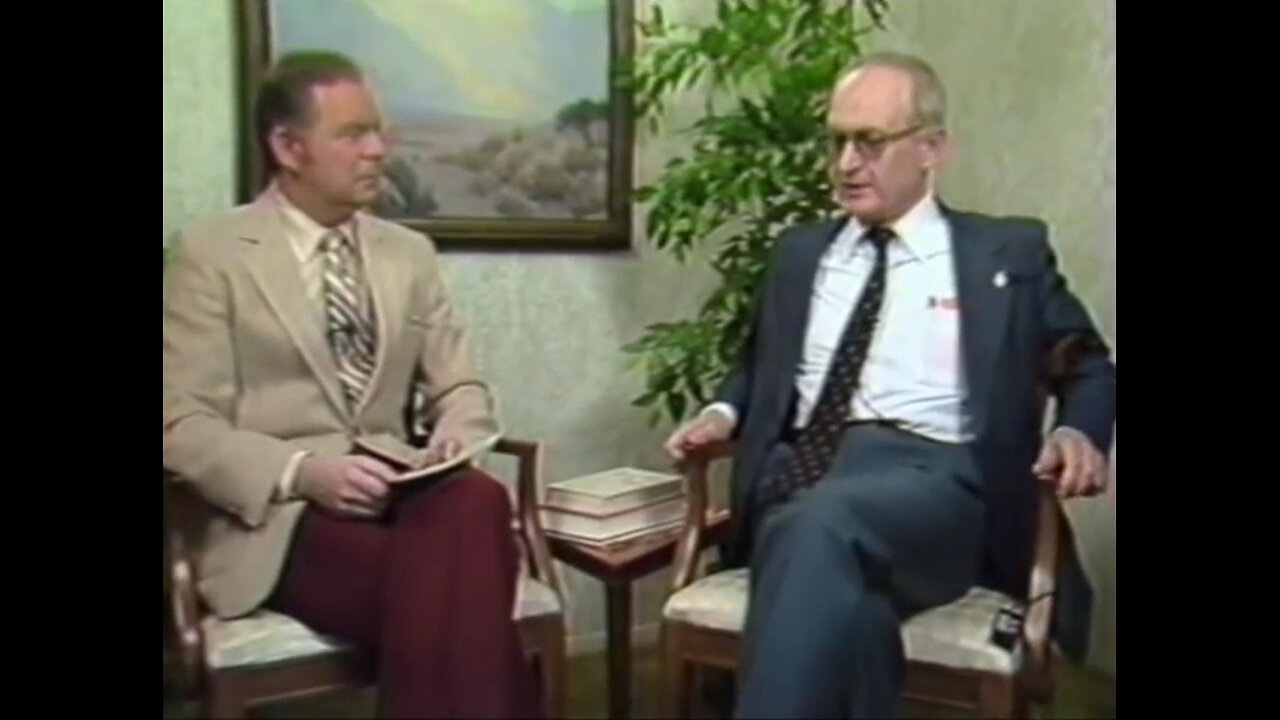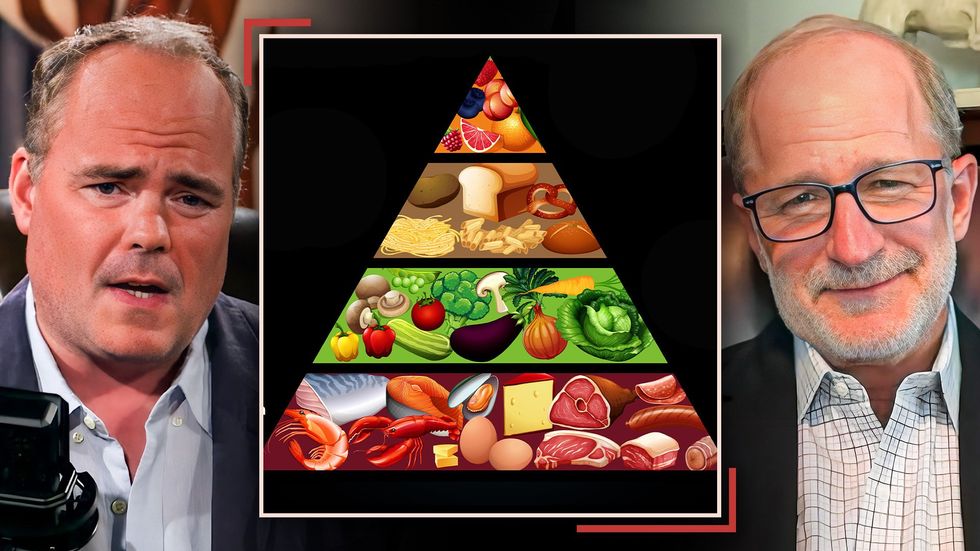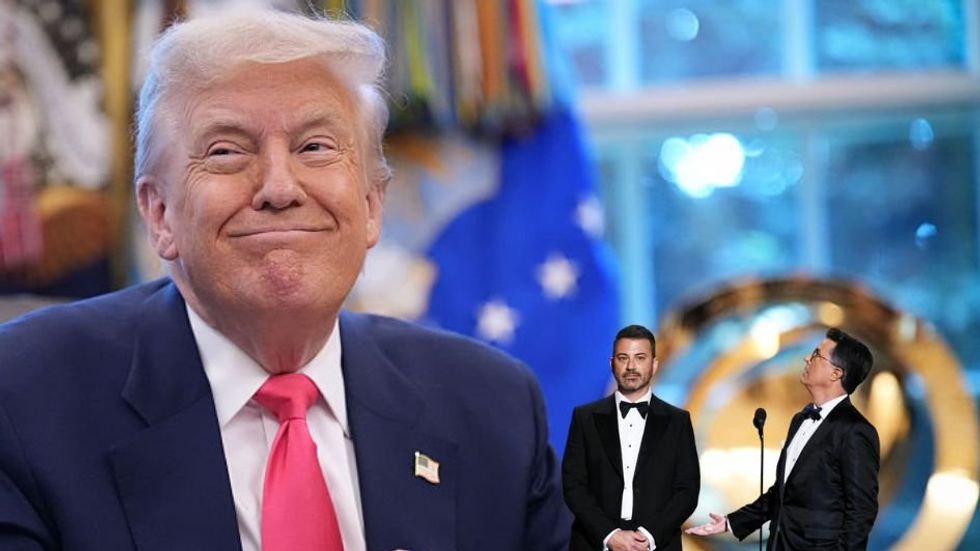Is Trump’s USAID freeze hurting American farms? Here’s the TRUTH.
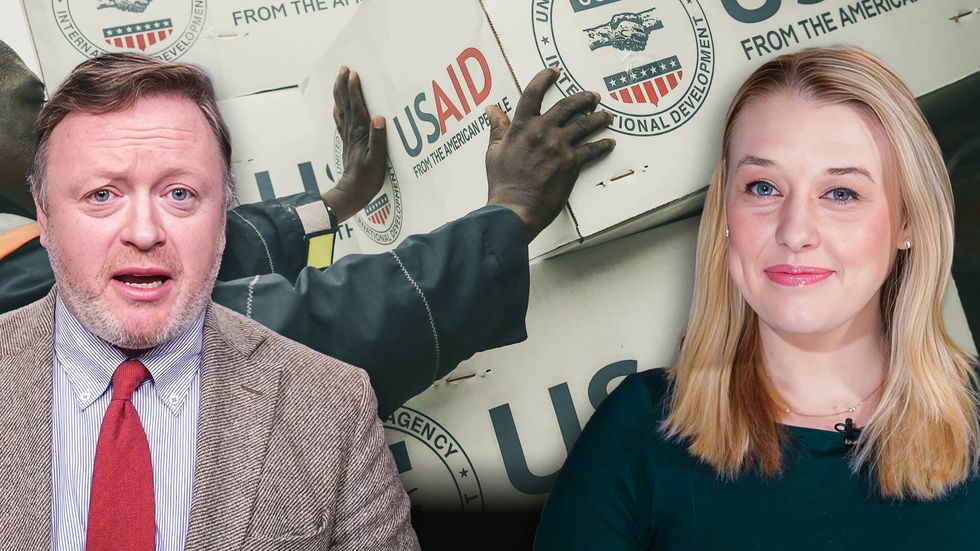

In the wake of President Trump’s USAID freeze, the left is up in arms about all the alleged suffering taking place abroad as a result of cut funding. There are even complaints about the impact on U.S. farms that send food overseas.
“I've seen on left-wing Twitter and Instagram and other places increasing noise about how Trump's moves against USAID actually hit small farms, hit mid-range farms and American businesses,” says Blaze News senior politics editor and Washington correspondent Christopher Bedford.
Is it true that American farms and the recipients of the food they produce are suffering as a result of Trump’s USAID freeze?
To answer this question, Christopher speaks with his wife, Sarah Bedford — an expert on the history of USAID.
According to Sarah, on paper, these food programs, such as Food for Peace, appear to be “[addressing] food insecurity in impoverished nations.” This stated mission fuels the left’s narrative that “Trump's moves on USAID are hurting starving people who really need this help.”
However, the reality is that “if the intention is to deliver food aid in the most efficient manner possible to the people who need it the most, then no, these programs don’t work,” she says.
“They actually end up costing a lot more money than they would otherwise if USAID went into these local economies and bought the food assistance locally from local producers, stimulating the economies they're trying to help,” she explains. This localized aid would also spare the United States a fortune in “shipping costs” and “expensive American crops.”
Sarah points to the 2010 earthquake in Haiti as an example of how USAID “[suppresses] local markets.”
Because USAID “dumped surplus American crops” into the nation, “the economic recovery for Haiti was a lot more difficult,” she says.
However, this isn’t just the case when it comes to natural disasters. Many USAID programs actually hinder economic development in general because the goal is to get rid of surplus American crops, not to help stimulate and grow the economies of impoverished nations.
In fact, “food insecurity in some parts of the world has gotten worse since the U.S. started dumping surplus agricultural products abroad,” says Sarah, giving the example of a rice farmer who can’t “sell his wares at the local market” because he’s “being completely undercut by free American rice.”
Further, instead of just donating surplus crops, the U.S. government is now purchasing them “at prices that are arbitrary and that help special interests in the agricultural sector.”
The fact of the matter is that “economic development in some of these heavily agricultural economies is just not the goal of these [USAID] programs,” says Sarah.
As for the claim that Trump’s USAID freeze is hurting American Big Agriculture, Sarah says, it’s true.
“The USAID programs are great price supports for these companies, a lot of which are already enjoying USDA subsidies as well. So if the intention is for this USAID program to act as an agricultural subsidy, then it's doing great, but it's not supposed to be that. It's supposed to be efficiently delivered food aid,” she says.
On top of that, USAID is also how “the U.S. pedals soft power to increase U.S. influences in places where, if the U.S. were to withdraw its presence, Russia or China or another adversarial nation could come in and grow their influence in these developing nations,” adds Sarah, noting that “whether that's a good use of American taxpayer dollars” is up for debate.
“Donald Trump ran on and won on a promise to stop spending taxpayer money to chase these sort of nebulous foreign policy goals, so in a lot of ways what he's doing [with USAID] is consistent with that promise, as well as the promise to cut government spending,” she says.
To learn more, watch the clip above.
Want more from 'Blaze News Tonight'?
To enjoy more provocative opinions, expert analysis, and breaking stories you won’t see anywhere else, subscribe to BlazeTV — the largest multi-platform network of voices who love America, defend the Constitution, and live the American dream.
Originally Published at Daily Wire, Daily Signal, or The Blaze
What's Your Reaction?
 Like
0
Like
0
 Dislike
0
Dislike
0
 Love
0
Love
0
 Funny
0
Funny
0
 Angry
0
Angry
0
 Sad
0
Sad
0
 Wow
0
Wow
0

